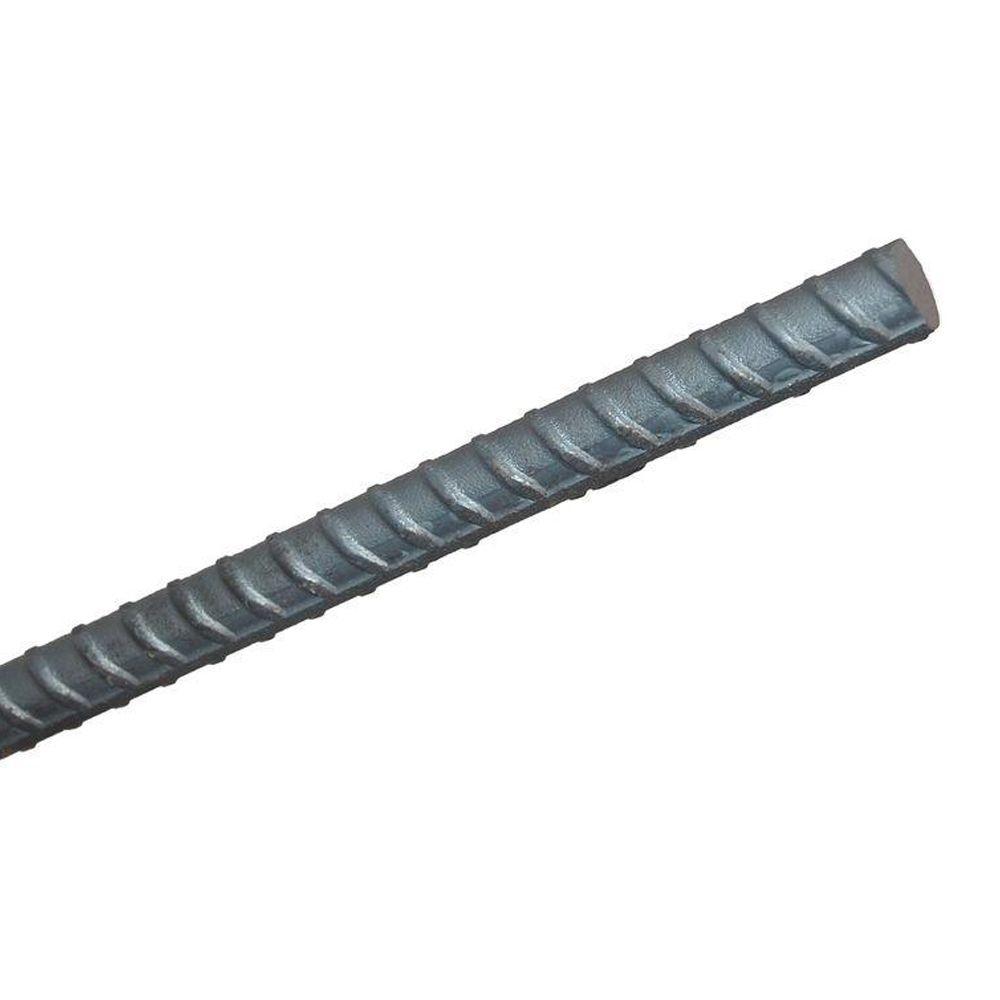Most plums and pluots produce their fruit on short, compressed stems called spurs. Sometimes these spurs can be long and thin and other times short and stout and everything in between. The spurs don't always look the same.In foreign countries I have been confused more than once among the plums.
Please take a look at my fruit tree pruning classes each December and January in Las Vegas. Sign up for them at Eventbrite
https://www.eventbrite.com/d/nv--las-vegas/fruit-tree-pruning
Pluots are made by humans that cross plums with apricots, hence the name pluot. Because they have more genetics that are from plums then apricots, the fruit looks more like plums. They range in color from green, to yellow, to orange, to red and dark purple.
Because they are so similar, producing their fruit on spurs, they are pruned similarly. They can be pruned either open center or as modified central leader. This structure of the tree is pruned the same as any other fruit tree with the same structure.Fruit trees that are more bushy are pruned as an open center.
Fruit trees that are more upright with a strong central leader are pruned as a modified central leader.But where the fruit is produced is a totally different matter and this is where pruning differs among fruit trees.
Please take a look at my fruit tree pruning classes each December and January in Las Vegas. Sign up for them at Eventbrite
https://www.eventbrite.com/d/nv--las-vegas/fruit-tree-pruning
 |
| These are fruiting spurs of one particular variety of plum. Don't prune these off unless you know what you're doing. |
Pluots are made by humans that cross plums with apricots, hence the name pluot. Because they have more genetics that are from plums then apricots, the fruit looks more like plums. They range in color from green, to yellow, to orange, to red and dark purple.
 |
| This is a donut pluot that, I believe, was never released. |
Open center versus modified central leader
Because they are so similar, producing their fruit on spurs, they are pruned similarly. They can be pruned either open center or as modified central leader. This structure of the tree is pruned the same as any other fruit tree with the same structure.Fruit trees that are more bushy are pruned as an open center.Fruit trees that are more upright with a strong central leader are pruned as a modified central leader.But where the fruit is produced is a totally different matter and this is where pruning differs among fruit trees.








